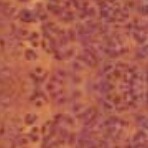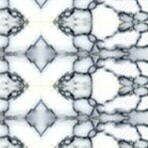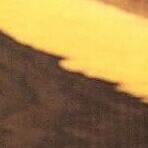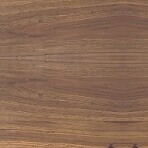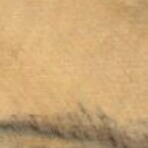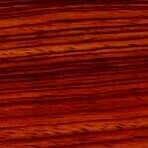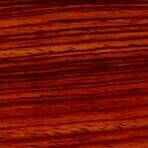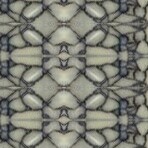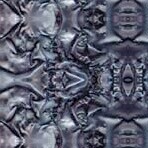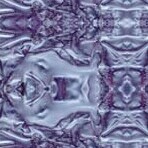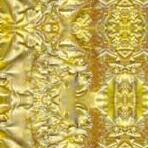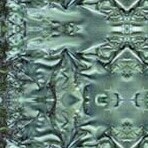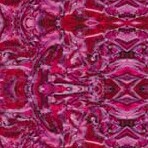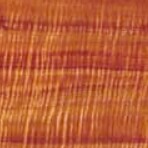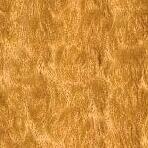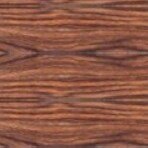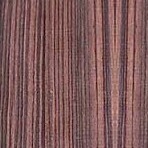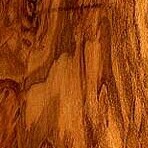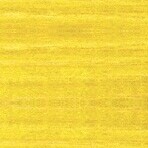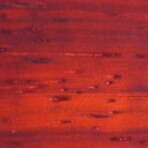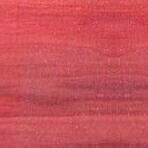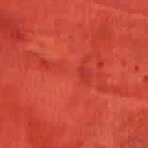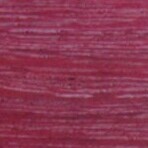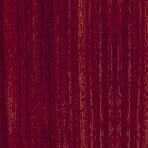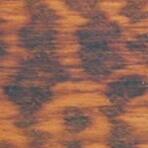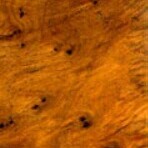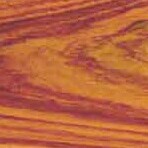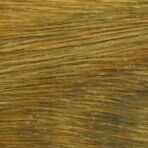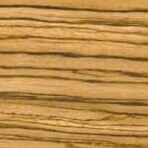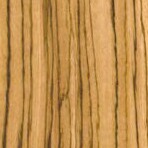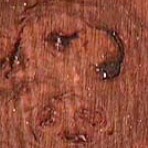
view larger image
no pen made yet
 |  |
Jarrah Burl
Species: Eucalyptus marginata
Country of Origin: Australia
Jarrah is only found in South Western Australia and is possibly one of the most sought after hardwoods. It is used for furniture, building, and wood turning. Collectors prize items made from Jarrah and it is very rare that a visitor to western Australia with go home without a piece of Jarrah as a souvenir. It grows in a variety of colours ranging from light pink to chocolate brown. The darker the colour the older the wood. Ultimately all Jarrah will end up a chocolate brown with age.
Affected by where it grows the coastal Jarrah has a very different grain and colour to inland Jarrah. The eucalyptus family, of which there are hundreds of varieties, has an extremely strong survival instinct and a tree will react very vigorously to being harmed in any way. If a branch is cut off, the tree will send out many new branches to replace the one that was lost. Frequently, borers will get into the sapwood of a tree and munch away. The tree reacts to being damaged and tries to send out new branches. These branches are sort of like in-grown hairs and never quite reach the surface so the tree keeps sending out new branches, all of which are stunted.
Over a period of years these turn into what we know as burls (or burrs) and grow on the side of the tree as a wart like lump. The burls are prized by wood workers and when cut into slabs, are used for coffee table tops and dinning room table tops. There have been some reports of burls growing as big as houses, (this may be like the fish that got away though).
|

